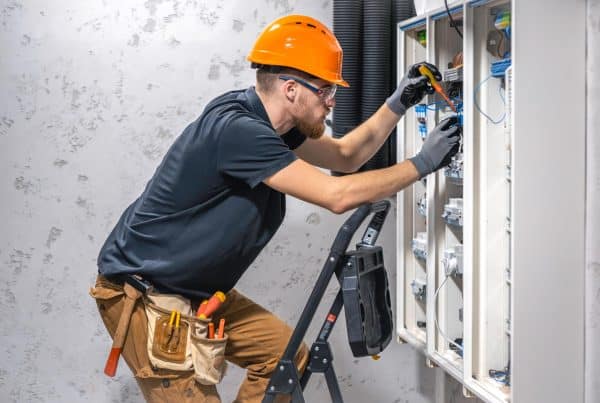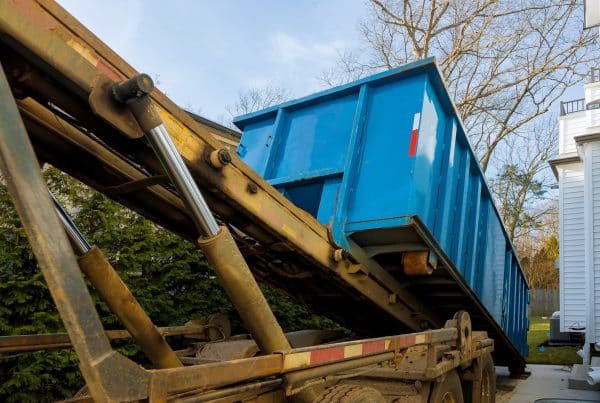We have witnessed a significant rise in the number of people planning to create a space for fitness in their homes over the last 12 months. The coronavirus enforced lockdowns gave many of us the extra time needed to plan home improvements. Some went for bars and games rooms. Others did up their garden, creating a place of tranquillity away from the madness of the world.
By far, the most popular projects were creating offices at home as those who could do so were required to work throughout the lockdowns. Customer service agents took calls from their own homes, the leading sports betting sites asked their trading teams to draw up odds from home, and estate agents even sold houses by video link.
The health-conscious out there – starved of their gym fix – decided to move the fitness studio closer. Home gyms became fashionable, and this trend is showing no signs of slowing down. Contrary to popular opinion, you don’t need to break the bank to create a home gym. There are many affordable ways to turn an unused space in your home or garden into an area where you can work on your fitness, health and mental wellbeing.
In this article, we explain why a home gym is a good idea and why it won’t end up costing you fortunes.
Three reasons to create a home gym
Let’s start by looking at some of the reasons you may want to train at home. For most of us, there’s always that nagging voice in our heads that encourages us to get fit, lose weight, gain muscle or just feel healthier. Those with limited experience in public gyms lack the confidence to make that first step. They see themselves as being too unfit, overweight or out of place in a gym alongside dedicated followers of fitness.
Another reason for creating a home gym that is popular is to save cash. Gym memberships aren’t cheap, and most are set up as a direct debit, meaning cash is taken from your bank every month whether you attend sessions or not. This is not a good use of your finances. Creating a home gym may seem like an unnecessary added expense, but the cost of creating a home gym is brought down by the cost of monthly memberships to your local sports centre. Count up how much you spend a year on gym membership then the cost of building a home gym, and you’ll often be much better off in the long run.
The third of our reasons to create a home gym is it will increase the number of sessions you do. Suppose you are planning to hit the gym this Saturday. You need time to get your kit ready, travel time to the gym, getting changed, around 60 minutes working out, shower and travel home. All that before you can get on with the rest of your day. It could take anything between two to three hours, and that’s not counting the time if you bump into a friend and spend 30 minutes catching up or going for lunch after.
With a home gym, you can roll out of bed, warm up and start training. You are in complete control of when you train, how you train, and the length of time your fitness regime takes out of your day. Pushed for time because of work or kids? Cram in a session without travel or interruptions. Fancy a late-night workout but can’t leave the family home alone. There’s now no need to. With a fitness studio in your home, you’ll train more often.

Train on a budget
Your home gym or space for fitness can be as big or little as you like. It can also be done on a budget. Take a punch bag, for example. It can be hung from the ceiling in any room then easily taken down and stored away. You don’t need a big space to work out either, just move around and hit the bag, getting the heart rate up.
A gym mat can be pulled out of a wardrobe for a 30-minute circuit class with the radio blaring or your favourite fitness DVD playing. An exercise bike is a great way to get the miles in without passing your front door. It’s great for cardio and helps build lean muscles in your legs. Free weights are another good tool, especially if you want to add size and strength. Most weights can be assembled for use then taken apart quickly to be stored.








